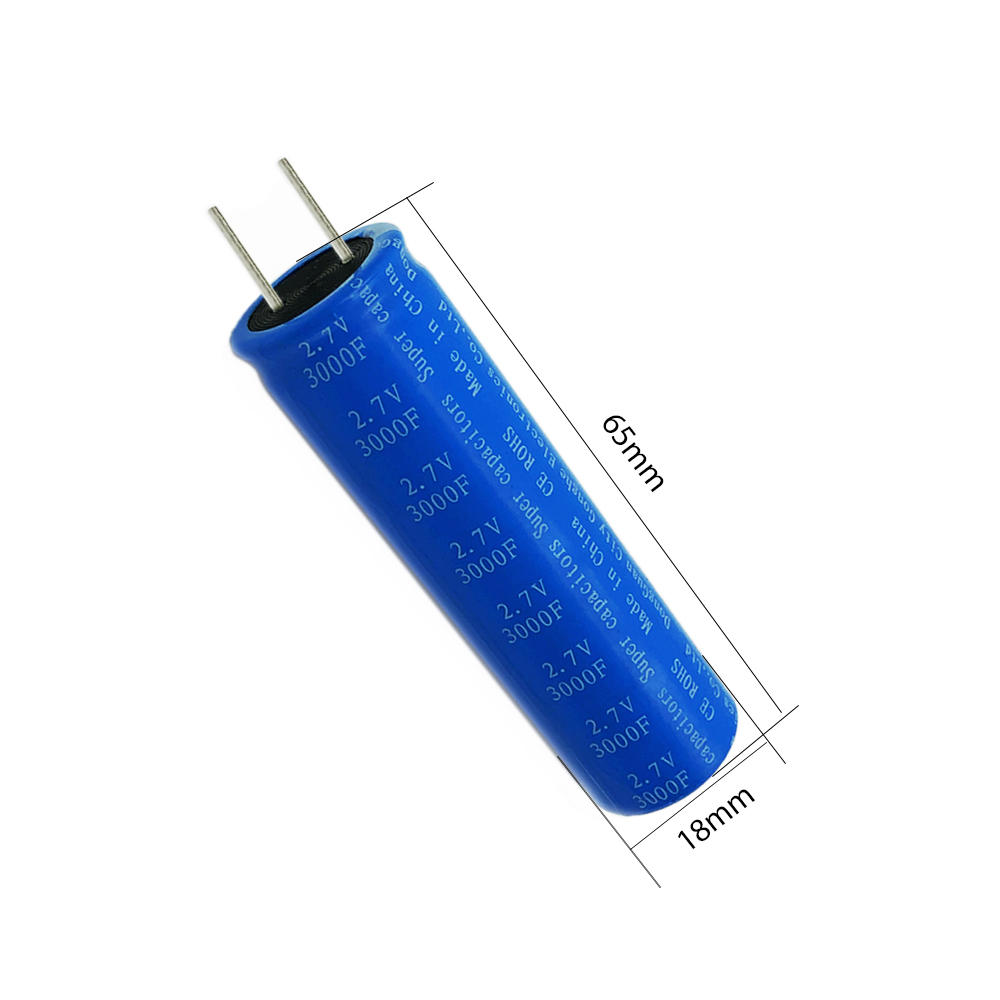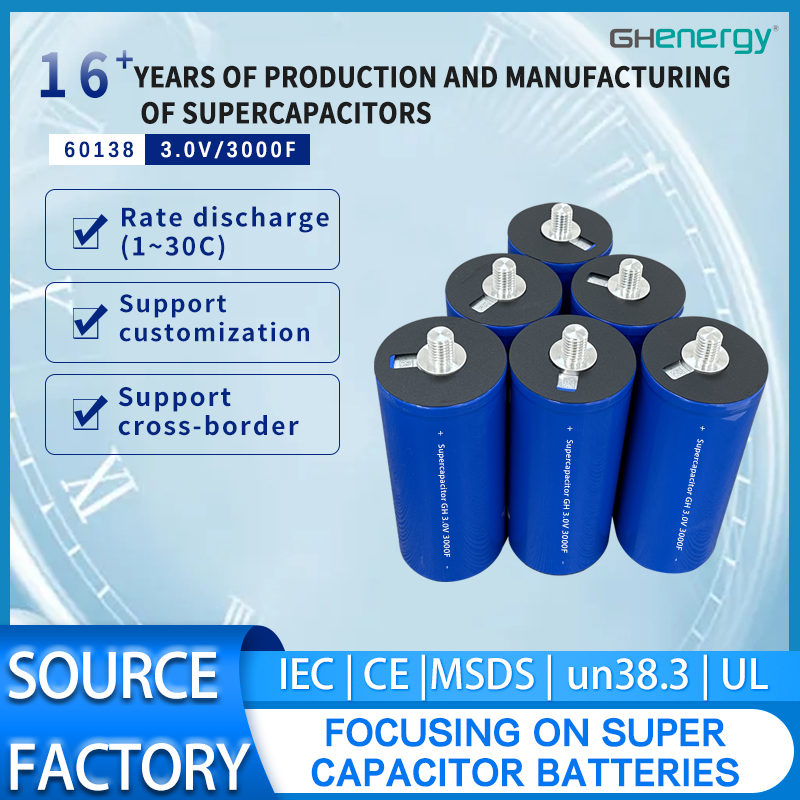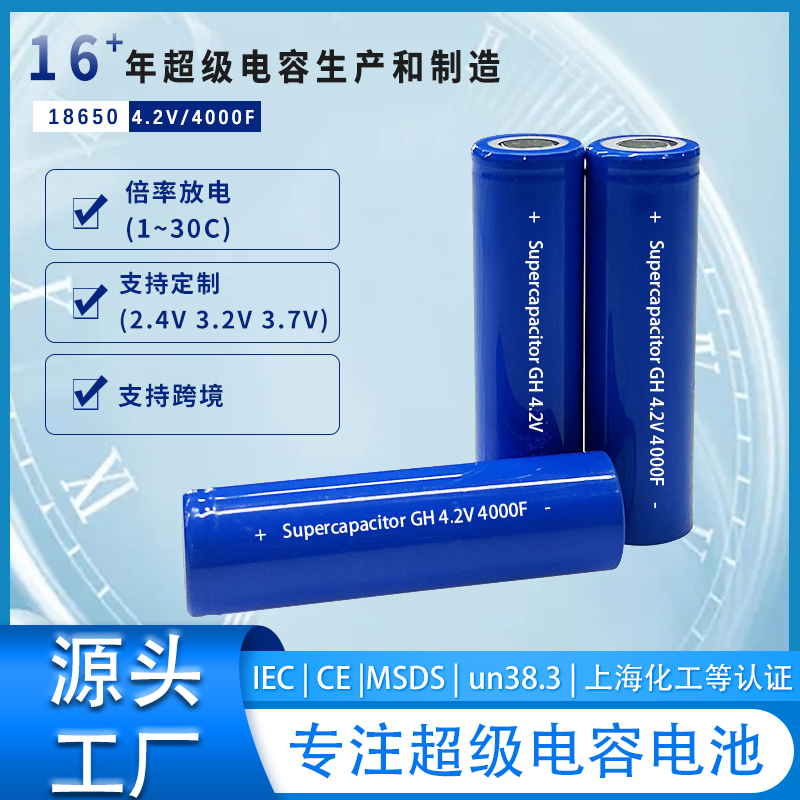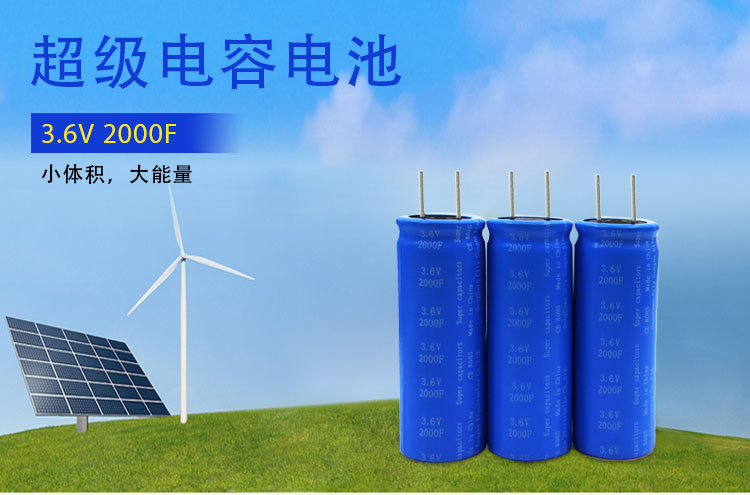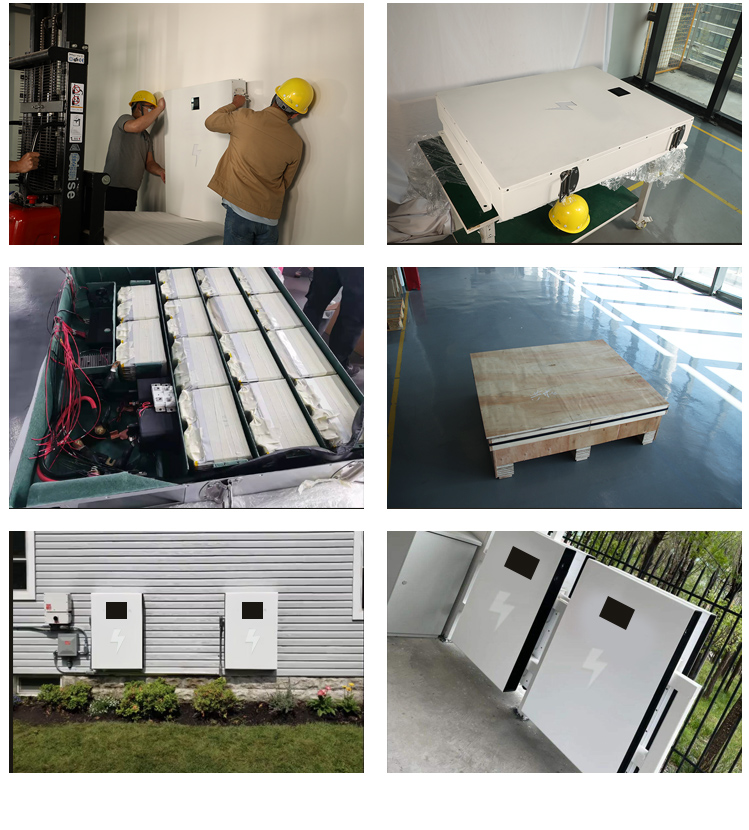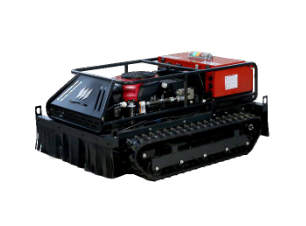Wedoany.com Report-Nov 19, Zaporizhia NPP (ZNPP) reported an automatic shutdown of the 750 kV Dneprovskaya high-voltage power supply line. ZNPP said the plant’s needs were powered by the 330 kV Ferroalloy-1 line. “No violations of safety limits or conditions were recorded. The staff is ready to respond,” ZNPP said on its Telegram channel. “At the moment all units of the Zaporizhia NPP have been stopped and are in cold shutdown. The equipment is serviced in accordance with all necessary regulations, while strictly monitoring radiation safety standards.” ZNPP said the radiation background at the plant and the adjacent territory remains unchanged and does not exceed natural background values.
No explanation for the shutdown of the power line was given. However, the previous day, Rosatom Director General Alexei Likhachev told reporters that Rosatom had informed the International Atomic Energy Agency (IAEA) about the increased attacks by the Ukrainian Armed Forces using barrel artillery in the plant operators’ town of Energodar.
“Regarding Energodar, things are not so calm here,” he noted. “I would say that the shelling by the Armed Forces of Ukraine is not just continuing, but increasing. Unfortunately, barrel artillery attacks have already been added to the usual drone attacks. This is a clear escalation of threats implemented by the Armed Forces of Ukraine… Of course, we have informed the International Atomic Energy Agency and the entire international community about this. We are drawing attention to a malicious, incessant violation of the basic safety principles of a nuclear power plant.”
He added that the day before, there were nine strikes on Energodar. “A playground was destroyed, and only by a happy accident there were no children there. However, as a result of this attack, a person was still killed.”
Meanwhile, in his latest update IAEA Director General Rafael Mariano Grossi reported that maintenance of several of the reactor safety systems is underway at ZNPP, “an essential part of wider efforts to prevent a nuclear accident during the military conflict”.
IAEA has previously identified “ensuring adequate and timely preventative maintenance of all structures, systems, and components important to safety” as one of several challenges the plant is facing during the conflict, presenting a potential risk to long-term nuclear safety and security.
Earlier this month, the IAEA expert team stationed at the ZNPP was informed that two safety trains – one in reactor unit 4 and the other in unit 5 – were placed under maintenance for work on their water regulation valves. The work is now complete, and the two safety trains are back to standby mode. This week, another two safety trains – in units 5 and 6 – were also taken out of service for planned maintenance.
Each of the six reactors at ZNPP has three separate, independent safety systems, called “safety trains”. These redundant systems are designed to ensure nuclear safety. Normally, these safety trains remain on standby but are ready to activate whenever needed to maintain the reactor’s safety.
“In addition to the many day-to-day challenges the plant is experiencing – including frequent power outages and combat activities nearby – the plant must also carry out essential work to make sure its safety systems are fully functional at all times,” Grossi said.
The IAEA team has continued to conduct walkdowns across the site as part of their activities to monitor – and report on – nuclear safety and security, “which remains precarious”. Over the past two weeks, the team members visited the turbine halls of units 1-4, but were again denied access to the western parts of these structures. In addition, they were not able to visit the off-site central warehouse and diesel fuel storage, with the plant citing security concerns, as has happened previously. Diesel fuel is important for the upcoming winter season as well as for the plant’s emergency diesel generators.
The IAEA team has continued to hear explosions daily, although no damage to the plant was reported. IAEA said it is aware of a media report that a resident in the nearby town of Enerhodar, where most plant staff live, was killed in a military strike. “The IAEA does not have information on whether this individual was a ZNPP staff member or not.”
Russia’s Foreign Ministry reprimanded Grossi for remarks about Zaporizhia NPP for remarks he made in an interview with German news agency DPA. The Ministry described the remarks as “unacceptable” and “outrageous” Grossi had noted that the situation at the Zaporizhia NPP is still tense, and recalled that representatives of the IAEA have been there on a rotating basis for two years now. “We will remain there until the conflict enters a new phase, at least with less fighting and possibly a cease-fire or freezing of the conflict,” he said. The Russian Foreign Ministry said: “It is completely inexplicable on what basis the IAEA leadership undertakes to judge the prospects of the notorious ‘freeze’, which clearly goes beyond its authority. It is also outrageous that in the submission of the General Director, the secretariat [of the agency] at its own discretion determines the procedure and conditions for the stay of its experts at the NNPP. This is absolutely not the case.”
The Foreign Ministry reminded Grossi that the NPP is a Russian nuclear power facility, so the IAEA experts are there only with the consent of the Russian government. “And strictly as long as our country considers their stay there justified
The task of the IAEA specialists, the Foreign Ministry added, “is to record provocations against the plant and its personnel from Ukraine, which continue to be carried out at the present time”. The Ministry statement continued: “The latest example is a massive artillery attack by the Kiev regime on 13 November and a strike by their UAVs on the Energodar, where employees of the nuclear power plant live, which led to civilian casualties.”
It concluded: “We hope that in the future the Director General will correctly state the situation, avoid distorting the legal basis for the presence of experts of the IAEA secretariat in the Zaporizhia Nuclear Power Plant, and will not go beyond the scope of his competence.”
Zaporizhia NPP (ZNPP) reported an automatic shutdown of the 750 kV Dneprovskaya high-voltage power supply line. ZNPP said the plant’s needs were powered by the 330 kV Ferroalloy-1 line. “No violations of safety limits or conditions were recorded. The staff is ready to respond,” ZNPP said on its Telegram channel. “At the moment all units of the Zaporizhia NPP have been stopped and are in cold shutdown. The equipment is serviced in accordance with all necessary regulations, while strictly monitoring radiation safety standards.” ZNPP said the radiation background at the plant and the adjacent territory remains unchanged and does not exceed natural background values.
No explanation for the shutdown of the power line was given. However, the previous day, Rosatom Director General Alexei Likhachev told reporters that Rosatom had informed the International Atomic Energy Agency (IAEA) about the increased attacks by the Ukrainian Armed Forces using barrel artillery in the plant operators’ town of Energodar.
“Regarding Energodar, things are not so calm here,” he noted. “I would say that the shelling by the Armed Forces of Ukraine is not just continuing, but increasing. Unfortunately, barrel artillery attacks have already been added to the usual drone attacks. This is a clear escalation of threats implemented by the Armed Forces of Ukraine… Of course, we have informed the International Atomic Energy Agency and the entire international community about this. We are drawing attention to a malicious, incessant violation of the basic safety principles of a nuclear power plant.”
He added that the day before, there were nine strikes on Energodar. “A playground was destroyed, and only by a happy accident there were no children there. However, as a result of this attack, a person was still killed.”
Meanwhile, in his latest update IAEA Director General Rafael Mariano Grossi reported that maintenance of several of the reactor safety systems is underway at ZNPP, “an essential part of wider efforts to prevent a nuclear accident during the military conflict”.
IAEA has previously identified “ensuring adequate and timely preventative maintenance of all structures, systems, and components important to safety” as one of several challenges the plant is facing during the conflict, presenting a potential risk to long-term nuclear safety and security.
Earlier this month, the IAEA expert team stationed at the ZNPP was informed that two safety trains – one in reactor unit 4 and the other in unit 5 – were placed under maintenance for work on their water regulation valves. The work is now complete, and the two safety trains are back to standby mode. This week, another two safety trains – in units 5 and 6 – were also taken out of service for planned maintenance.
Each of the six reactors at ZNPP has three separate, independent safety systems, called “safety trains”. These redundant systems are designed to ensure nuclear safety. Normally, these safety trains remain on standby but are ready to activate whenever needed to maintain the reactor’s safety.
“In addition to the many day-to-day challenges the plant is experiencing – including frequent power outages and combat activities nearby – the plant must also carry out essential work to make sure its safety systems are fully functional at all times,” Grossi said.
The IAEA team has continued to conduct walkdowns across the site as part of their activities to monitor – and report on – nuclear safety and security, “which remains precarious”. Over the past two weeks, the team members visited the turbine halls of units 1-4, but were again denied access to the western parts of these structures. In addition, they were not able to visit the off-site central warehouse and diesel fuel storage, with the plant citing security concerns, as has happened previously. Diesel fuel is important for the upcoming winter season as well as for the plant’s emergency diesel generators.
The IAEA team has continued to hear explosions daily, although no damage to the plant was reported. IAEA said it is aware of a media report that a resident in the nearby town of Enerhodar, where most plant staff live, was killed in a military strike. “The IAEA does not have information on whether this individual was a ZNPP staff member or not.”
Russia’s Foreign Ministry reprimanded Grossi for remarks about Zaporizhia NPP for remarks he made in an interview with German news agency DPA. The Ministry described the remarks as “unacceptable” and “outrageous” Grossi had noted that the situation at the Zaporizhia NPP is still tense, and recalled that representatives of the IAEA have been there on a rotating basis for two years now. “We will remain there until the conflict enters a new phase, at least with less fighting and possibly a cease-fire or freezing of the conflict,” he said. The Russian Foreign Ministry said: “It is completely inexplicable on what basis the IAEA leadership undertakes to judge the prospects of the notorious ‘freeze’, which clearly goes beyond its authority. It is also outrageous that in the submission of the General Director, the secretariat [of the agency] at its own discretion determines the procedure and conditions for the stay of its experts at the NNPP. This is absolutely not the case.”
The Foreign Ministry reminded Grossi that the NPP is a Russian nuclear power facility, so the IAEA experts are there only with the consent of the Russian government. “And strictly as long as our country considers their stay there justified
The task of the IAEA specialists, the Foreign Ministry added, “is to record provocations against the plant and its personnel from Ukraine, which continue to be carried out at the present time”. The Ministry statement continued: “The latest example is a massive artillery attack by the Kiev regime on 13 November and a strike by their UAVs on the Energodar, where employees of the nuclear power plant live, which led to civilian casualties.”
It concluded: “We hope that in the future the Director General will correctly state the situation, avoid distorting the legal basis for the presence of experts of the IAEA secretariat in the Zaporizhia Nuclear Power Plant, and will not go beyond the scope of his competence.”


